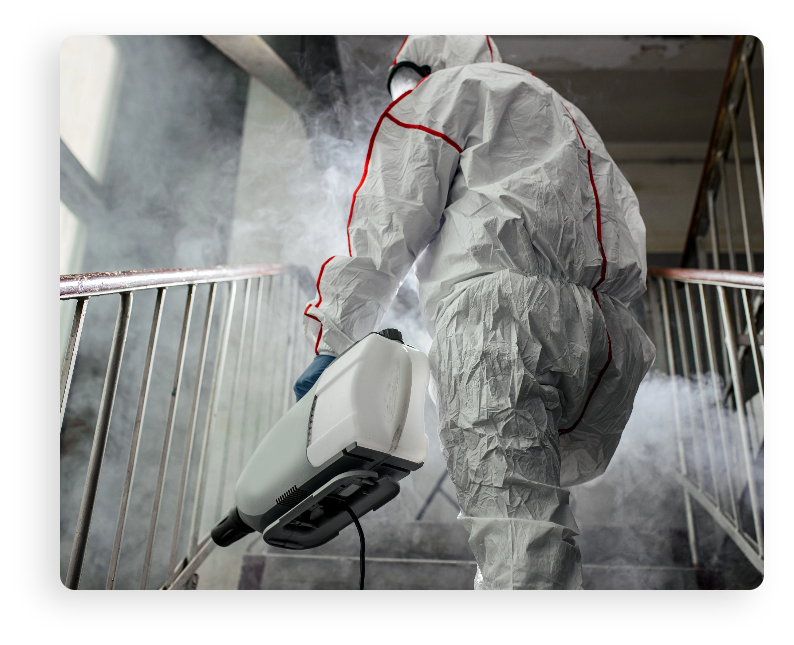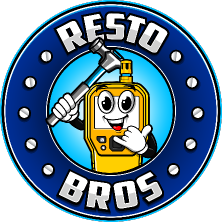Cleaning & Sanitizing

Cleaning and sanitizing homes are essential practices for maintaining a clean and healthy living environment. Regular cleaning helps remove dirt, dust, allergens, and surface contaminants, while sanitizing focuses on reducing the number of germs and pathogens present.
Remember that cleaning and sanitizing are ongoing processes, and it’s important to maintain good hygiene practices consistently. Additionally, be sure to use appropriate cleaning and sanitizing products and follow the instructions provided by the manufacturers to ensure the best results.
Step by Step Process
Cleaning
Dusting: Dusting surfaces, furniture, and accessories using a microfiber cloth or electrostatic duster helps remove dust and allergens.
Vacuuming and Sweeping: Regular vacuuming of carpets, rugs, and upholstered furniture, as well as sweeping hard floors, helps remove dirt, debris, and pet dander.
Mopping: Mopping hard floors with a suitable cleaner helps remove stains, spills, and sticky residue.
Cleaning Surfaces: Wiping and disinfecting surfaces such as countertops, tables, sinks, and appliances with appropriate cleaning solutions help remove dirt and grime.
Bathroom Cleaning: Thoroughly cleaning and disinfecting bathroom fixtures, including toilets, sinks, showers, and tubs, helps prevent the growth of bacteria and mold.
Kitchen Cleaning: Cleaning kitchen surfaces, appliances, and utensils helps maintain a hygienic cooking environment. Pay special attention to areas prone to food contamination, such as countertops, cutting boards, and sinks.
Laundry: Regularly washing and drying laundry, including beddings, towels, and clothes, helps remove dirt, stains, and bacteria.
Sanitizing
Disinfecting Surfaces: Sanitizing high-touch surfaces like doorknobs, light switches, remote controls, and handles using disinfectant wipes or sprays helps reduce the spread of germs.
Kitchen and Bathroom Sanitization: Using appropriate sanitizing agents on kitchen counters, bathroom fixtures, and other areas prone to bacterial growth helps minimize the risk of contamination.
Personal Items: Sanitizing personal items such as cell phones, keys, and wallets using disinfectant wipes or sprays helps eliminate surface germs.
Laundry Sanitization: Using hot water and appropriate laundry sanitizers or bleach when washing items like bedding, towels, and clothes can help kill bacteria and other pathogens.
Best Practices
Follow Product Instructions: Read and follow the instructions on cleaning and sanitizing products to ensure effective and safe use.
Ventilation: Maintain good ventilation while cleaning by opening windows or using fans to promote air circulation and prevent the buildup of fumes.
Personal Protective Equipment (PPE): Depending on the cleaning products used, wearing gloves, masks, and goggles can protect against chemical exposure and contamination.
Cleaning Tools: Clean and maintain your cleaning tools regularly to prevent the spread of dirt and bacteria. Wash cloths, mops, and vacuum filters as recommended.
Frequency: Establish a regular cleaning and sanitizing schedule based on the needs of your household, ensuring high-touch surfaces and frequently used areas are cleaned more frequently.
Reasons to
Clean and Sanitize
Buying or Flipping New Property
If you’re considering purchasing or flipping a foreclosed home, or simply looking to enhance its appeal for a profitable venture, initiating the process with a thorough cleanup and sanitization is essential.
Cleaning Up
Addressing hoarding issues can be challenging, especially when it involves a family member or friend. After assisting them in transitioning out of the residence, you may realize that the cleaning required exceeds your capabilities. In such cases, seeking professional cleaning services is crucial.
Cleaning up after a sewer backup
Dealing with a sewer backup is an unfortunate situation no one wants to encounter. If you have experienced a gray or black water incident in your home, it is essential to prioritize the health of your household. Professional sanitation services, potentially including antimicrobial treatments, become necessary to ensure a safe and healthy living environment.
